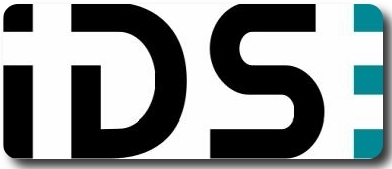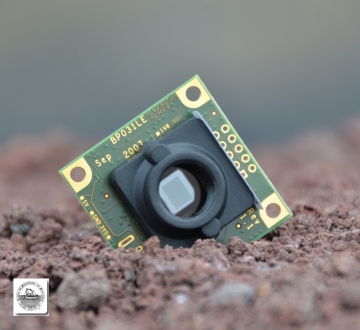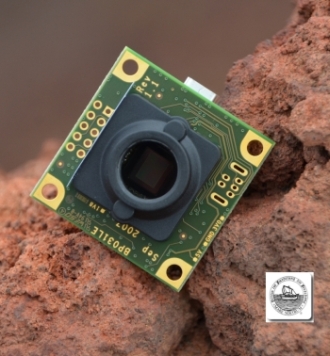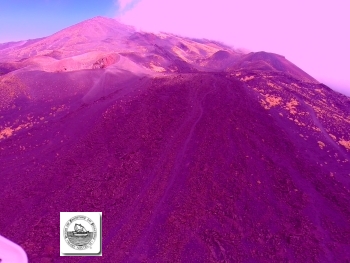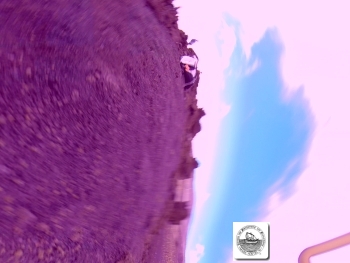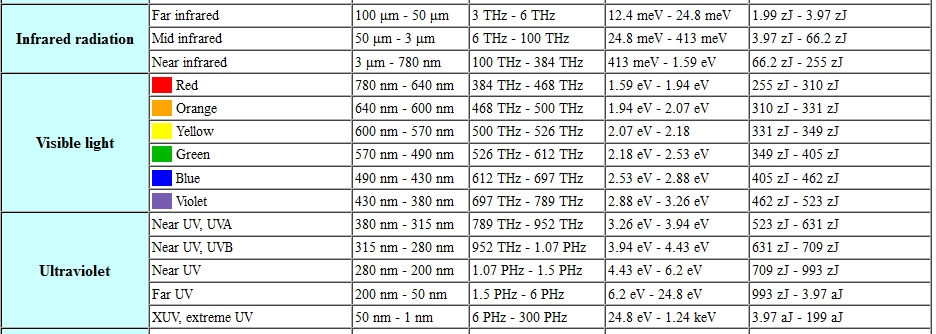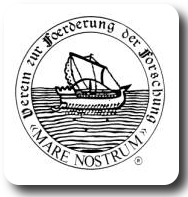
| Case Study |
Tech-Report | Download | Pro & Cons |
Certificate |
Information |
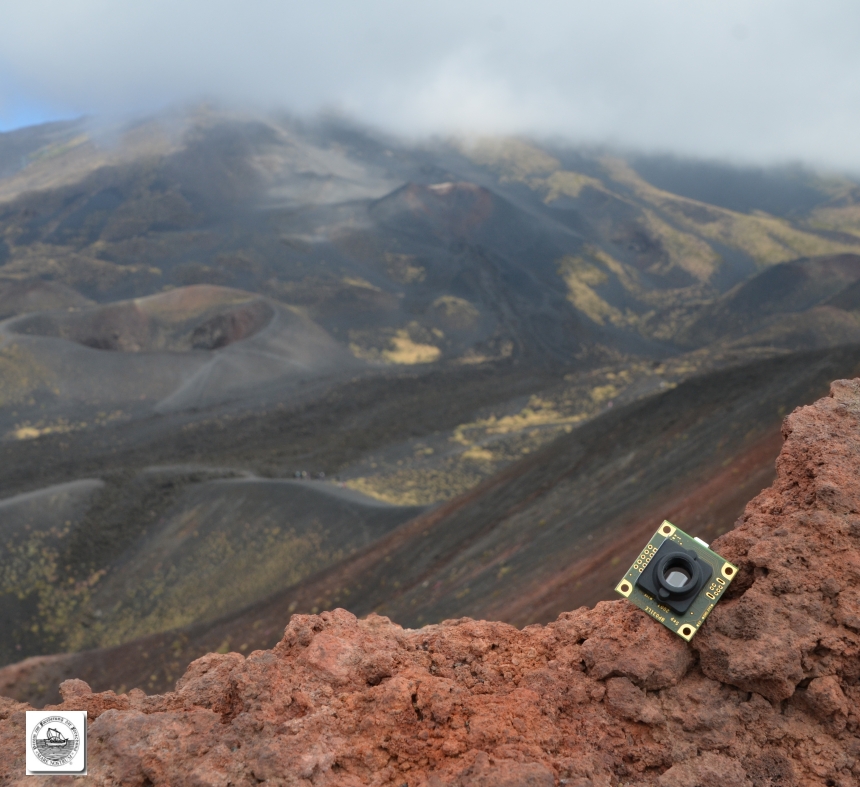
| Case
Study nr. VFF1649-UI-1581LE Camera
with Glass (GL) without IR Filter, only for test purpose for NIR / NDVI
imaging application |
||||||||||||||||||||||||||||||||||||||||||||||||
|
PREFACE : Due to project reviews
after first outlines of 2014 our test cycles lead to results which were
not in
line with our initial application aims. The reason lies not in technical
problems or functionality of the microcamera but is a consequence of
the fact
that some features of
the standard model IDS UI1581-LE are below our
minimum requirements specified . We needed a model with
higher resolution and frame per second features (Fps ). Only after our tests
carried out in New Zealand
( 02.2015 ) and on Stromboli
volcano ( 08.2015 ) , we realized that although we re-elaborated
frames/fotos with editing software, we did
not reach the
definition level we need for our application involving use of Cmos microcameras modified
for drone-based NDVI equipment . The microcamera UI1581
instead,
proved to be perfect for use in fixed position for static objects with
the help
of a microscope
|
||||||||||||||||||||||||||||||||||||||||||||||||
|
§1 ) Analysis in detail
As described on the specific
Website for NIR
/ NDVI imaging application our aim is to create a system for drone use
comprising a
double Cmos camera: - One without IR
filter but with 2 special blu filters ( Rosco 2008 & CBM 495-505 nm
) and min. 12 MPix / 60 Fps, in
order to obtain a vision -
One in standard version 16 MPix / 120 Fps with Wifi Long range data
communication system ( VFF custom project ) It
is also intended as an index of plant productivity ( see table 3 for equation example ). Instead
of just using the difference between
the amounts of red and near infrared light, research normalized that
difference
by dividing it by the total amount of red plus infrared light.
1.1 - Basic principles / Theory NDVI a.k.a. : Normalized Difference Vegetation Index or
health of vegetation, measures
the amount of photosynthetically
active biomass.
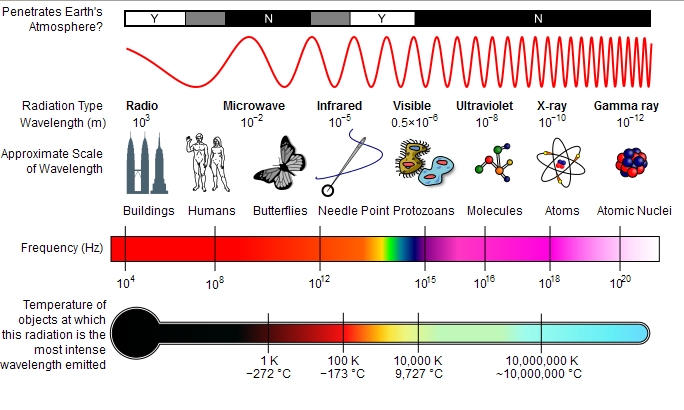 Electromagnetic Spectrum : Wikipedia-Eng Calculator for the
Electromagnetic Spectrum
|
||||||||||||||||||||||||||||||||||||||||||||||||
| Planck constant h = 6.62606957*10-34 J*s | Speed of light c = 299792458 m/s | E = h*c / λ |
| c = λ*f | Ep = E / (1.602176565*10-19 | Elektron-volt: 1 eV = 1.602176565*10-19 J |
| T
at λmax = 2,89776829 nm * Kelvin / λ |
Photons per joule = 1 / (1.602176565*10-19 * Ep) |
Note :
- T at λmax I'is the temperature of a black body whose radiation assumes a maximum value equal to λ.
Wien's displacement law
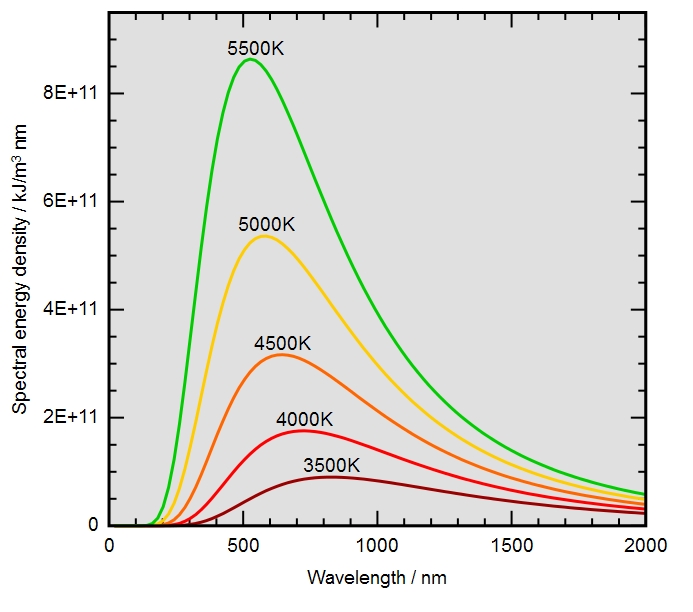
NDVI Factor ( VFF-Table 3 )
 |
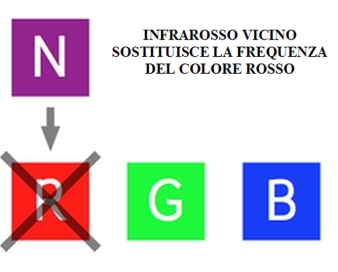 |
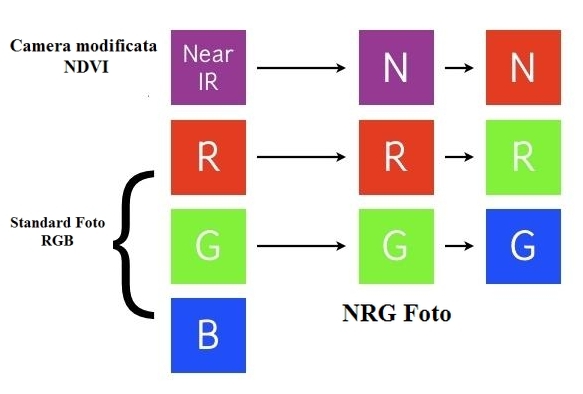 |
| Mathematical function for
how to calculate the NDVI Factor |
Functional scheme NDVI photographic technique |
Block diagram and difference between RGB photos and NRG / NDVI photo |
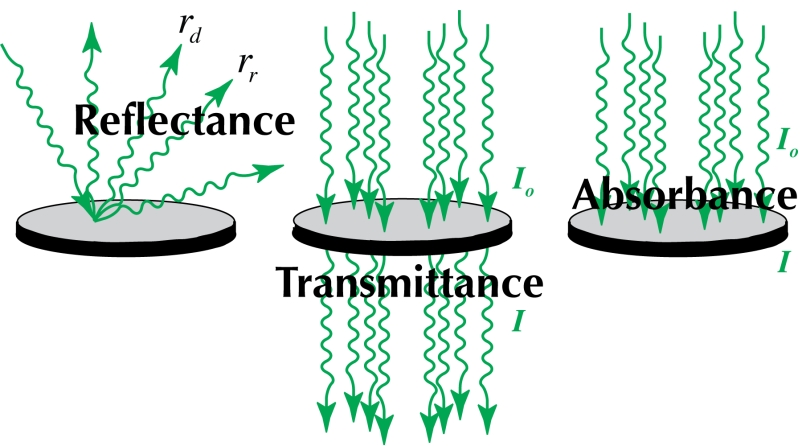
( Fonte : Light-outcomes.png )
Here are some diagrams representative of the theoretical principle of the technique NDVI - NGR
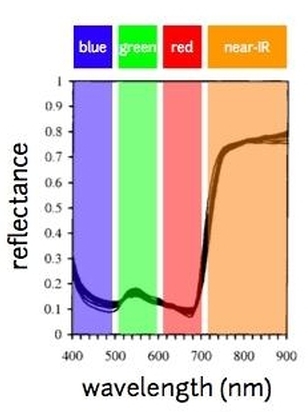 |
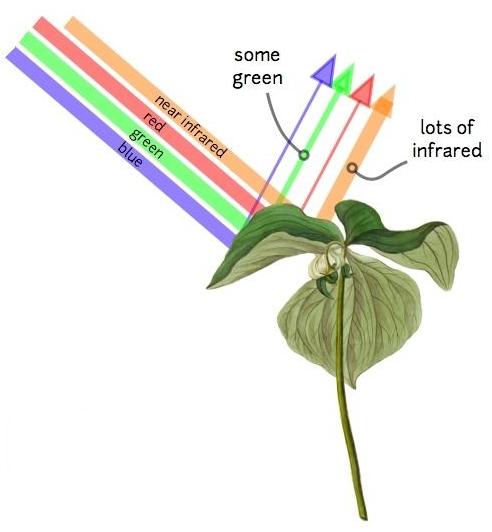 |
| absorption factor reflectance ratio - wavelength |
Ratio of Light Blue, Red and Green Consumption, compared to Infrared and part of the green light that is reflected (See difference of the thickness of the traces) |
With the photographic technique NDVI, the near infrared replaces the frequency of the color red and this technical aspect allows us to highlight parameters that the human eye is unable to detect.
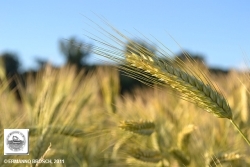 |
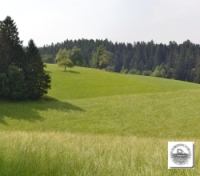 |
| agricultural sector | Parks and Nature Reserves |
( VFF Test 04.2015 )
| RAW
Format |
NDVI
|
NIR |
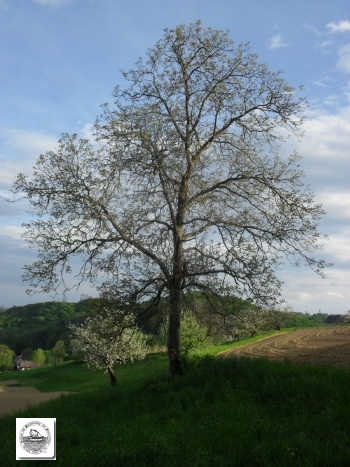 |
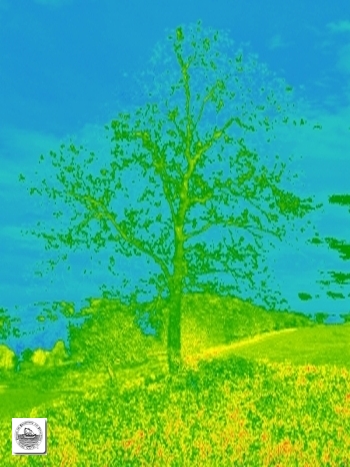 |
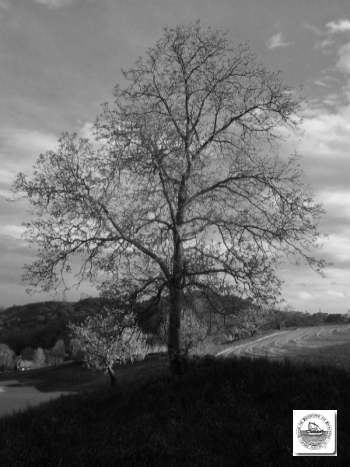 |
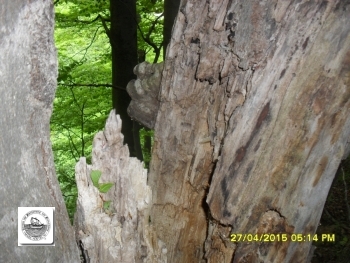 |
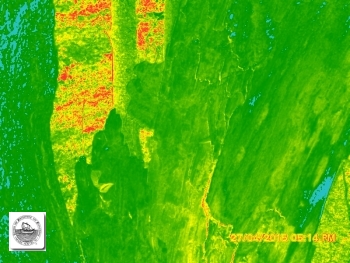 |
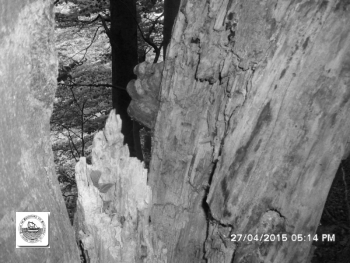 |
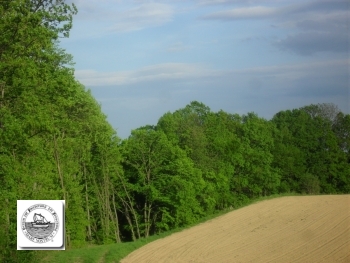 |
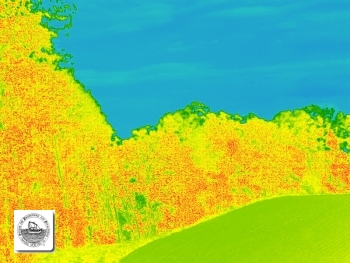 |
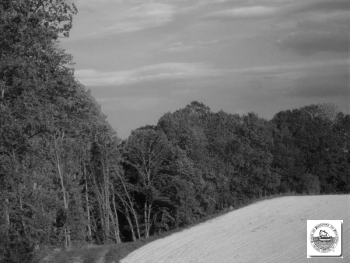 |
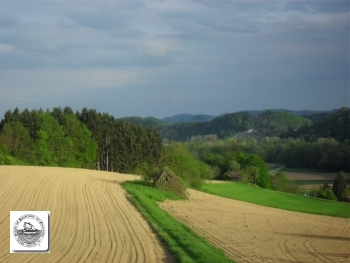 |
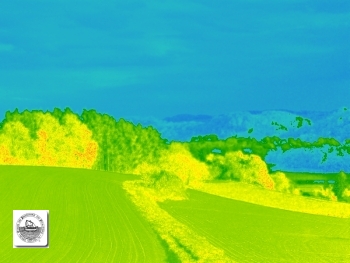 |
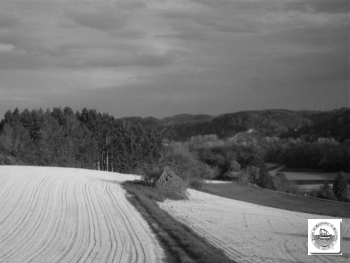 |
| marenostrum (AT) aon(DOT).at | vff-service (AT) aon(DOT).at | free-technical-know-how (AT) aon (DOT) at |
| general
request |
technical
request |
proposals for scientific collaboration |
We of Institute VFF
often wonder about why during recent years we have noted a significant
and
terrifying increase in technological sloppiness regarding developments of electronic
systems in new niche areas.
Why ?
Every day new start-ups
are established , often on the web and employing public funding
obtained
through personal relationships with decision makers in that field of
support.
Unfortunately, many
young scientists are
“improvised” and do not have
basic knowledge of fundamental theories of
analogue electronics .
Far too many engineers follow the trends of the moment and focus on
often
virtual design of new but useless technologies like numerous portable
systems
for smartphone + App).
Often such projects are published on the web but too often they cannot
be
carried out in practice and thus prove
to be absolutely useless!
A visible sign of this trend is the ever increasing
number of crowdfunding requests which eventually lead to nothing!
We can observe a run towards new
projects called euphemistically “innovative”
by the same authors and published
on the numerous senseless social forum nearly always
at a “beta”
stage if not even only at a theoretical
stage ( theoretical projects)
.
Moreover, very often
terms like “ Open Source “ are used in an
unproper way
only for attracting potential investors while far too many projects
lack in
technological and organizational features and aspects.
The reason is always
the same: an approximate
design , made in a hurry by computer
simulation
( using often false basic data
) without the necessary preparation. This
creates chaos and confusion and leads to
ever increasing amounts of tech waste material.
The emerging niche
sector of using the
systems for NDVI application,is currently one of the above mentioned
cases.
These videos were made with use of a modified Quadcopter ( VFF-ARG1214 ) without gimbal 3 axes and with COM module systems installed on the quadcopter for real-time recording ( click on photos for more information ):
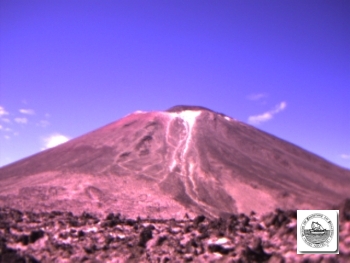
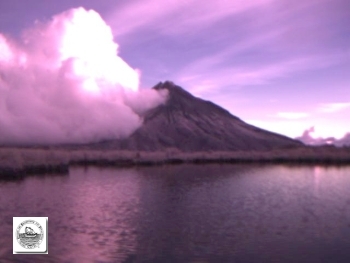
Link Video 1 : VFF-UI1581-Nghaurohe-2015.avi ( 26 Mb )
Link Video 2 : VFF-UI1581-Taranaki-2015.avi ( 35 Mb )
The quality of images is very low qualty.
We encountered many difficulties for the calibration of Infinite Horizon.
The IDS UI1581-LE CMOS Camera system for our project " RPAS system for NDVI / NGR application ", would be optimal for the advantages of small size and weight ( only 16 g !! ), but unfortunately 4.92 MPix are not enough.
We should use at least IDS CMOS camera with sensors from minimum 16 MPix .
( click on photos for more information )
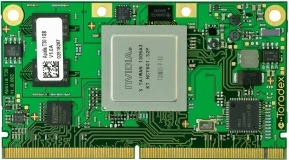 |
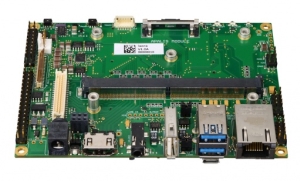 |
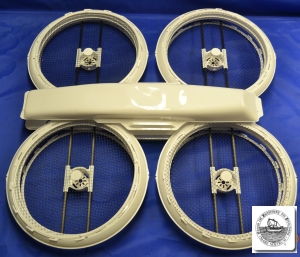 |
| Toradex Apalis T30 2Gb ver. 1.0E | Ixora carrier board system ver. 1.0A | VFF-ARG1214 with Flycontrol
NEM04 |
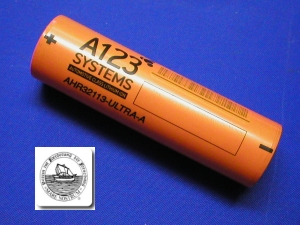 |
 |
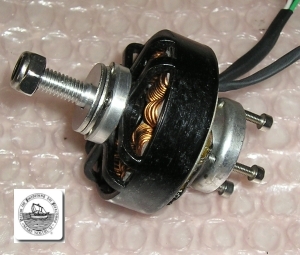 |
| Battery
pack LiFePo4 3S 3900 mAh |
APC
Slow Flyer props 10 x 4.7 LP10047SF |
BCM
Motors 45-13-5-22s |
As described in the summary Pro & Cons and given the technical characteristics of the CMOS camera UI1581-LE, on the basis of our tests we recommend the use in fixed position for static objects with the help of a microscope (see chapter §2).
We were really impressive in the positive, for the excellent industrial realization :
- high quality electronic components
- perfect realization of the PCB
- perfect SMD welding
Our sincere congratulations for this little gem of high technology.
VFF - Lab Test
Test performed in the laboratory L023 with fixed object (Electronic SMD PCB) and camera mounted on a microscope Bausch & Lomb
Test performed in the laboratory
L023 with fixed object
(Electronic SMD
PCB) and camera mounted on a
microscope Bausch &
Lomb.
The
results of
our tests for the performance of the UI1581-LE are very good.
The best performance for this
microcamera was
obtained on a fixed location for viewing static objects, like small
components
and SMD pcb.
The
microcamera UI1581-LE can be easily installed
( without lens ) on any type of traditional microscope, with direct
connection
through USB 2.0 to Workstation, Laptop, Palmtop, usw ...
The
multilanguage software tool called IDS Camera
Manager is compatible with all 32
and 64 bit O.S.
It
allows a wide range of possible parameter
settings.
In this way you can adjust to any requirement of technical and / or
lighting
conditions when using the microcamera UI1581-LE
We have intentionally made a test with
low
light (LED ring with 40% efficiency) !














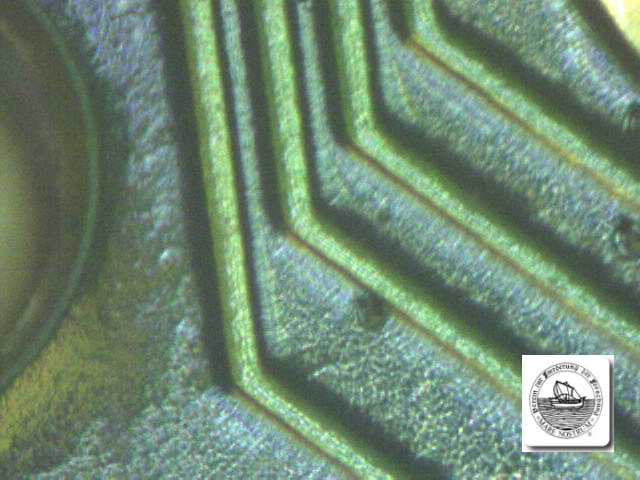
Screenshot at 2' 19"
DOWNLOAD USER MANUALS & SOFTWARE |
| Data Sheet : UI-1581LE-C-HQ | Drivers & Tools Software |
| Technical
Specifications |
Declared by the manufacturer | Information / Values measured in our tests |
| Interface
|
USB 2.0 | Confirmed |
| Sensor type | MT9P006STC
CMOS by Aptina |
Confirmed |
| Frame rate | 6.3 fps | Confirmed |
| Resolution
(h x v) |
2560 x 1920 | Confirmed |
| Shutter | Global Start Shutter, Rolling Shutter | Confirmed |
| Optical class | 1/2" | Confirmed |
| Resolution | 4.92 MPix | Confirmed |
| Pixel
size |
2.2 µm | Confirmed |
| Dimensions:
approx. |
36 x 36 x 20.2 mm | Confirmed |
| Mass:
approx. |
16 g | Confirmed |
| Note
( meaning of colors ) |
Measured lower values | Measured exact values | Measured better values !! |
| Rate |
84,55
% |
| Final evaluation | Very Good |
| PRO |
CONS Only for our test pourpose and Drone applications ! |
| Outstanding design Very small size Low weight : 16g ( open frame version without lens ) Plug & Play ( USB 2.0 ) in a few seconds Very fast boot and exceptional performance ( lab / test ) Tested in areas of high concentrations of dust (volcanic ashes) Ext. power supply 5 Vdc trought USB |
Low value of Frame Rate ( 6.3 fps
) For our custom applications we need minimum 60 Fps Low resolution 4.92 MPix For our custom applications we need minimum 16 MPix Interface USB 2.0 For our custom applications we need USB 3.0 |
VFF APPROVAL CERTIFICATE EM10-D073-VFF-561 |
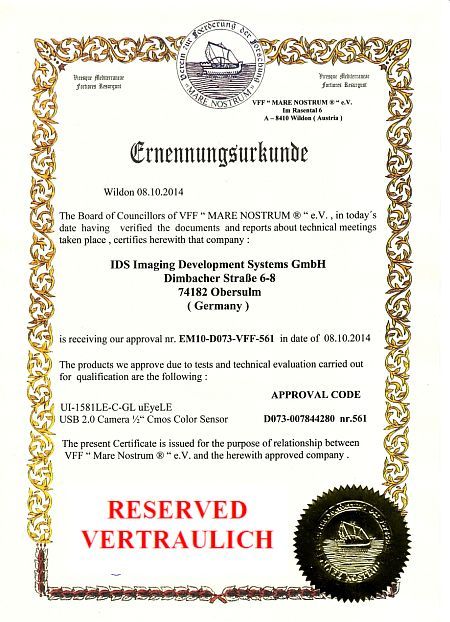
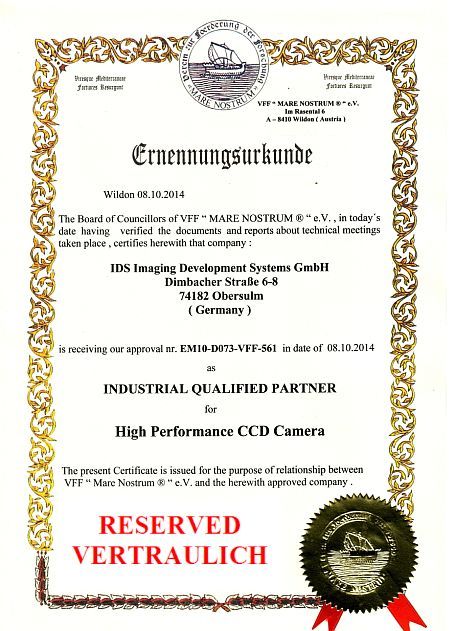 |
Note : - All various tests were carried out only by technical staff of the VFF Institute Marenostrum e.V. - All equipment and electronic devices used for the various tests are calibrated and checked every month. 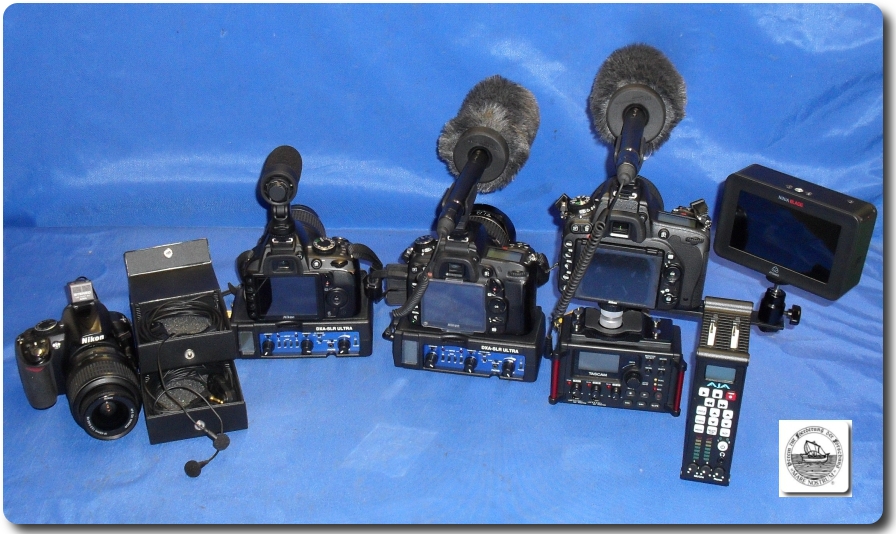 DSLR - VFF Filmmakers Unit Lab - Only Open-source software Utilities are used in our test procedures, with respective operating systems:
|
| HOME PAGE | VFF- RESEARCH ORGANISATION | CONTACT |
